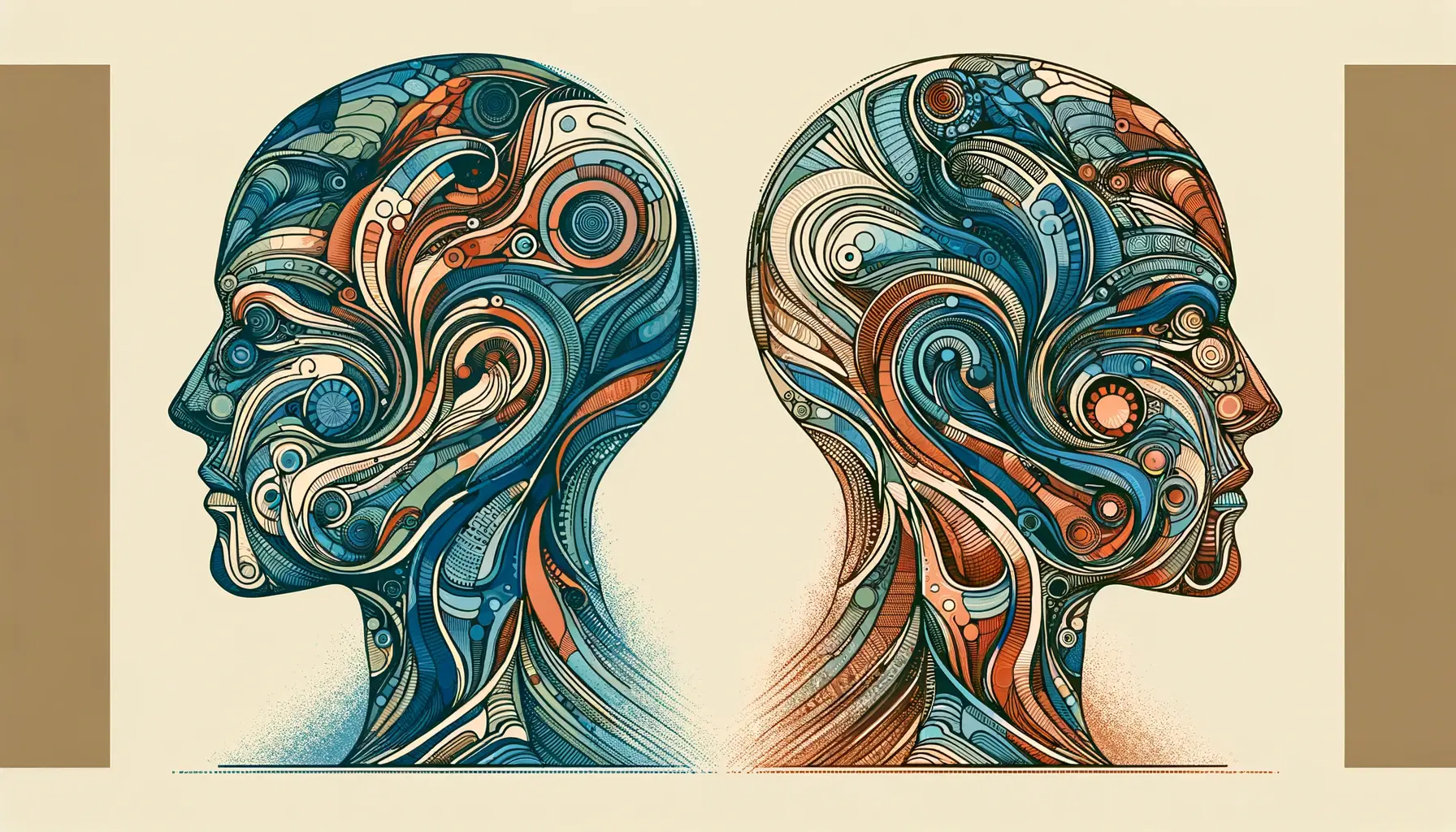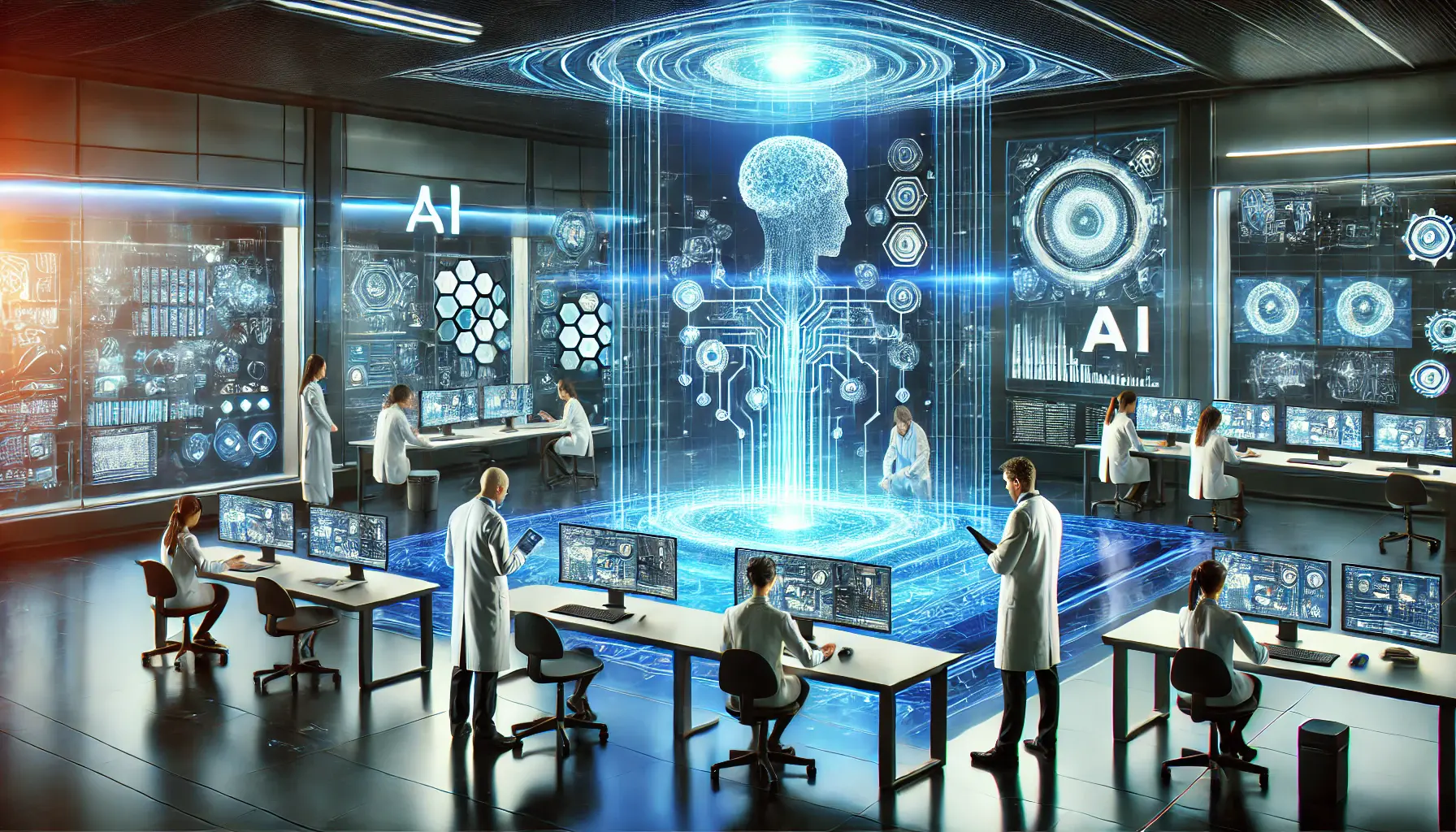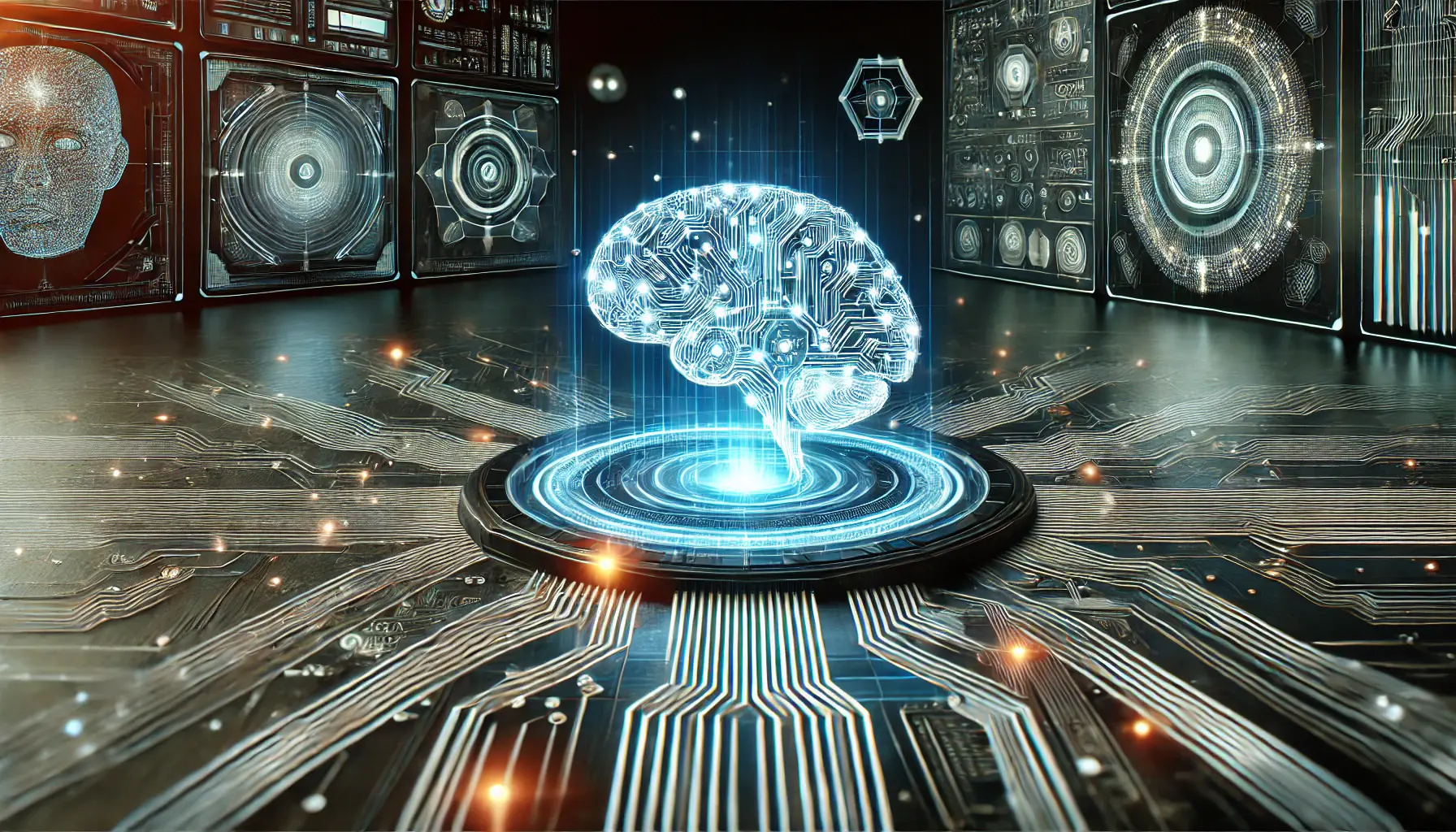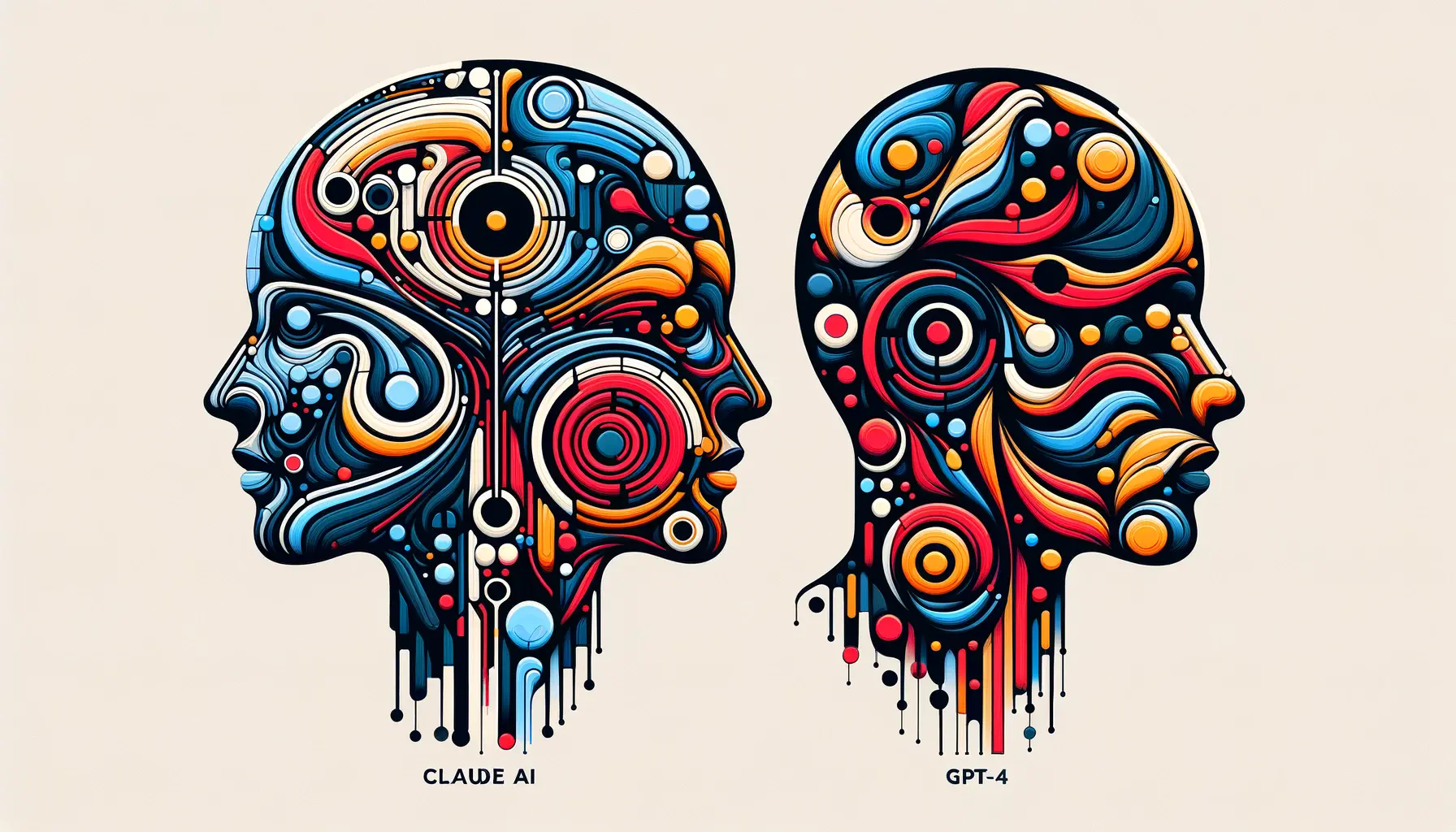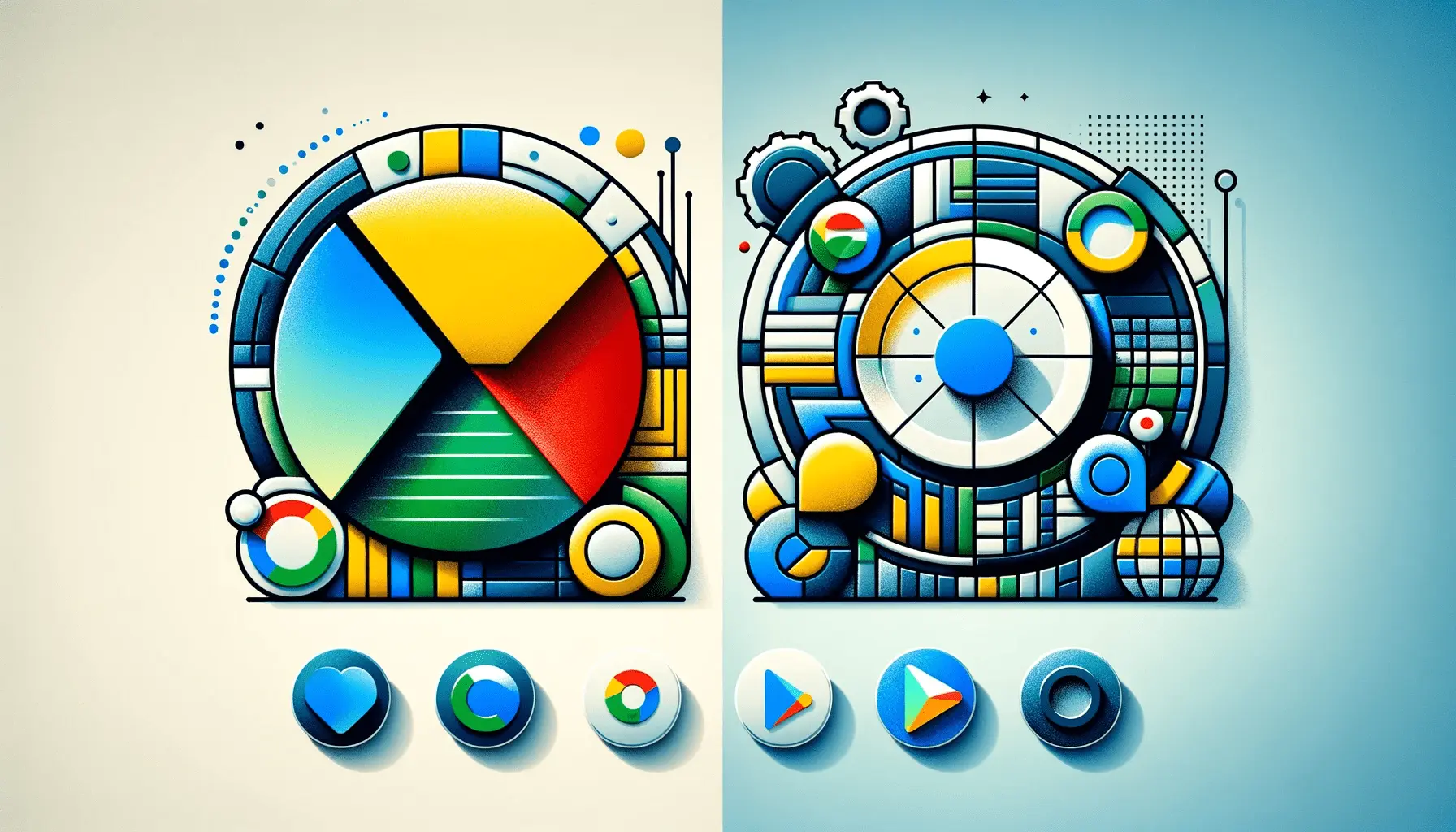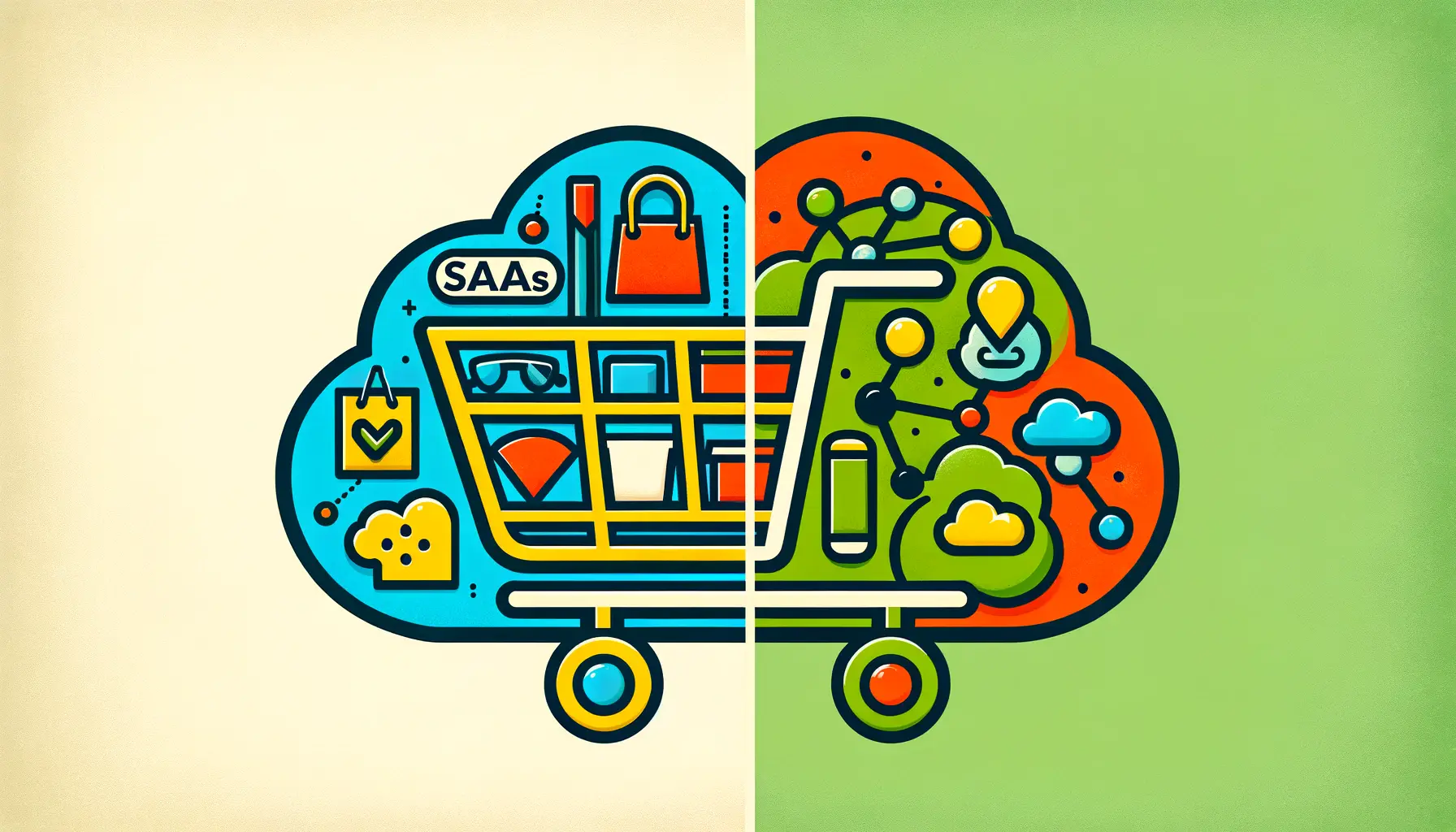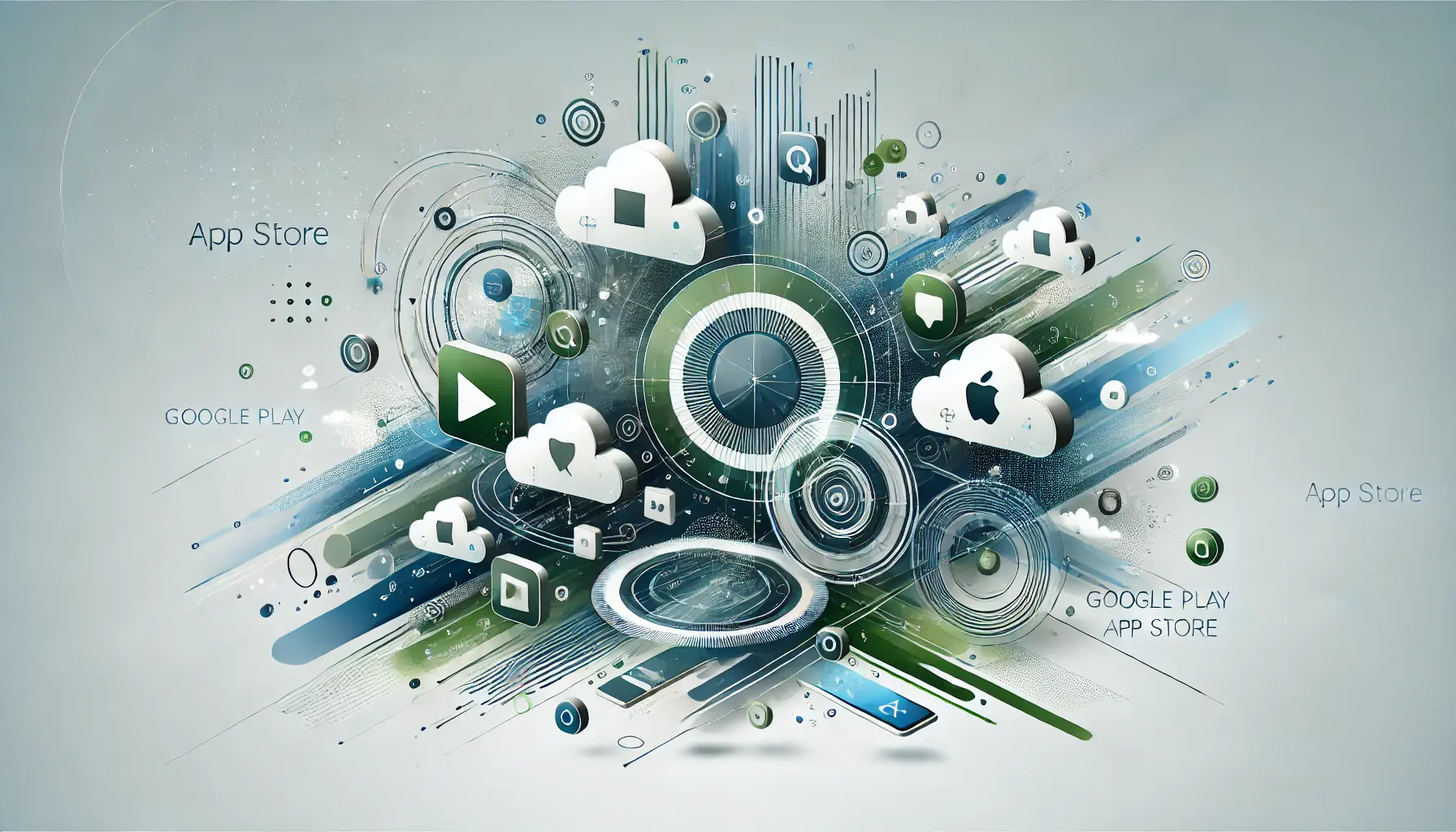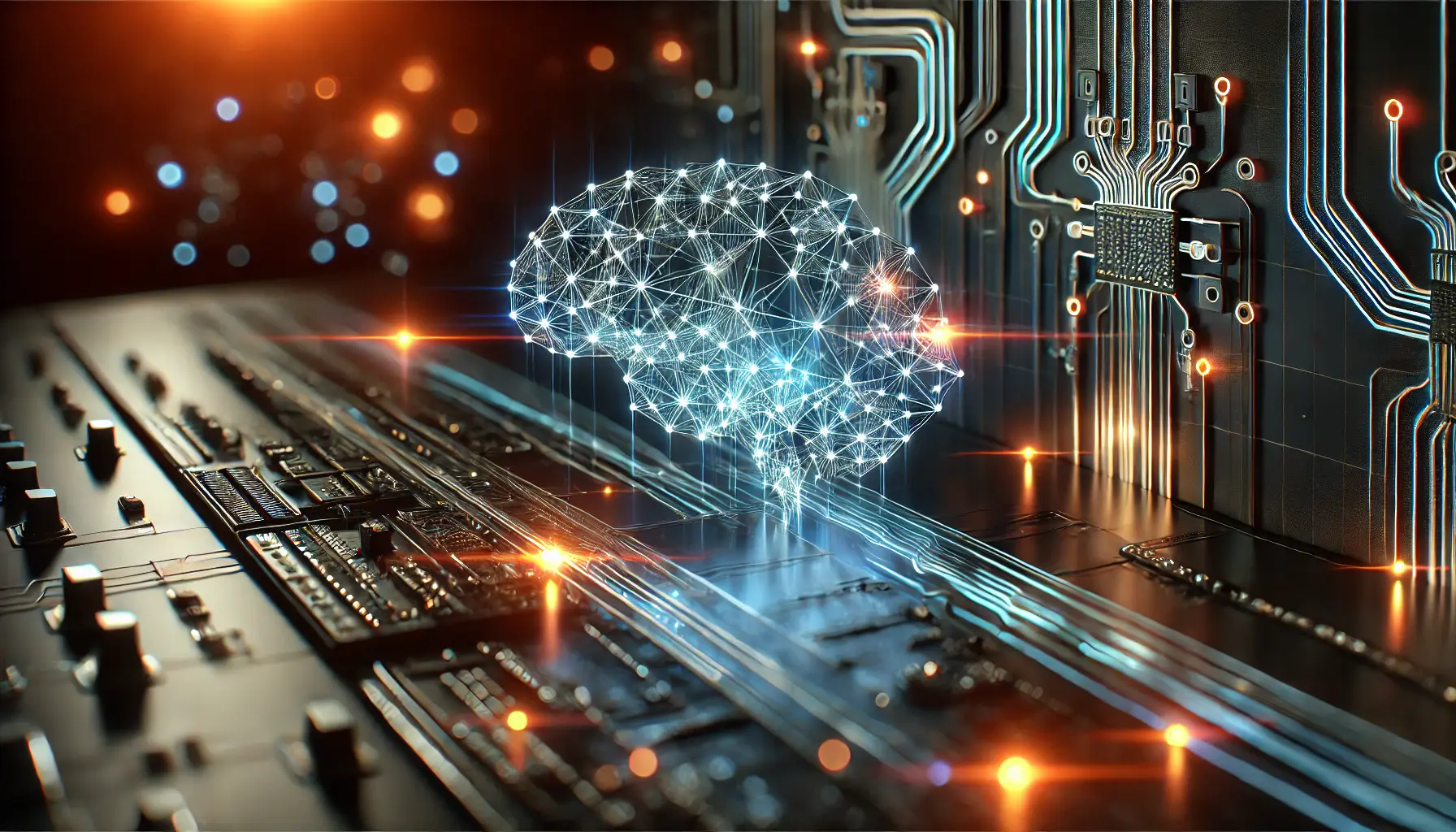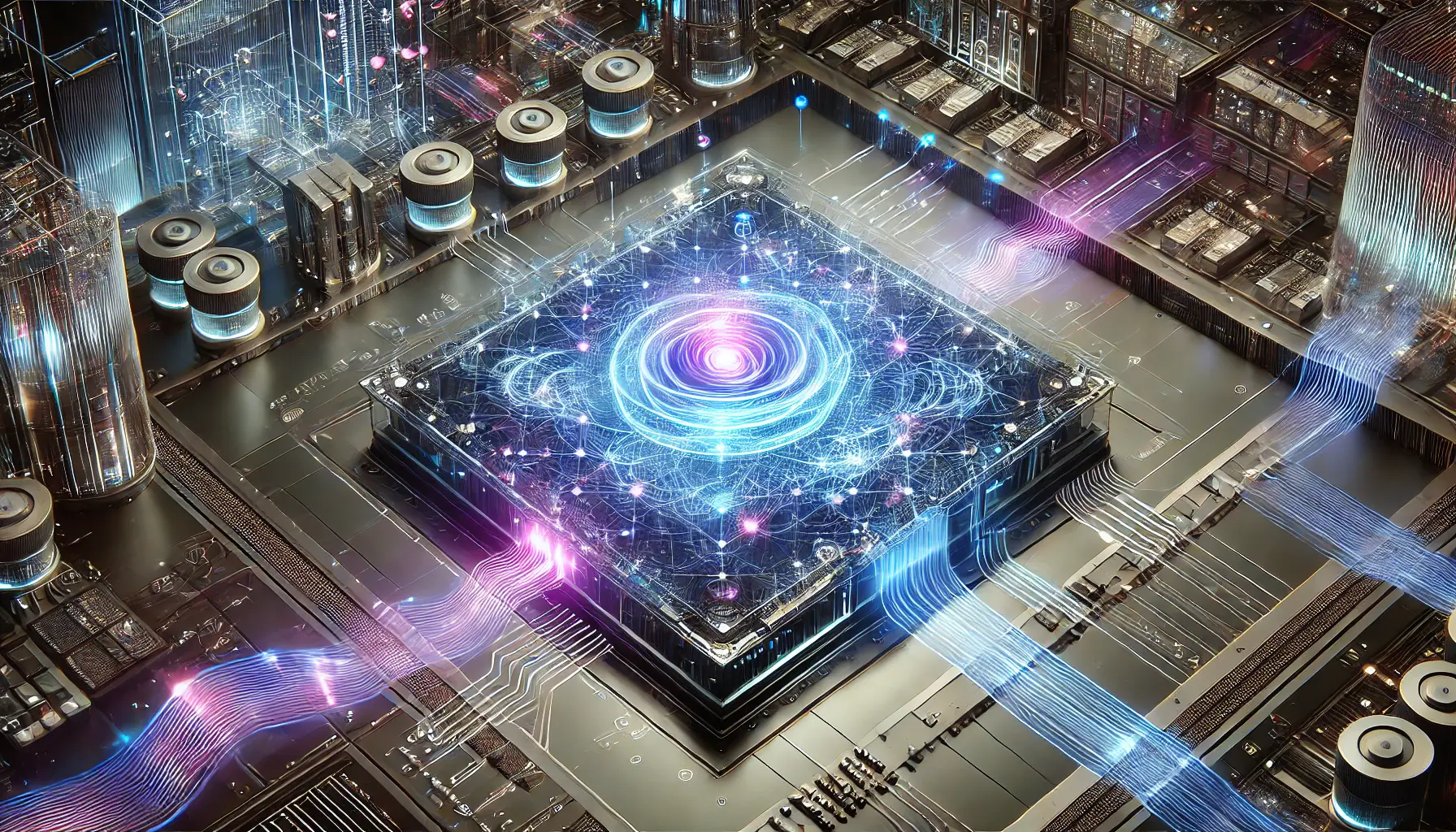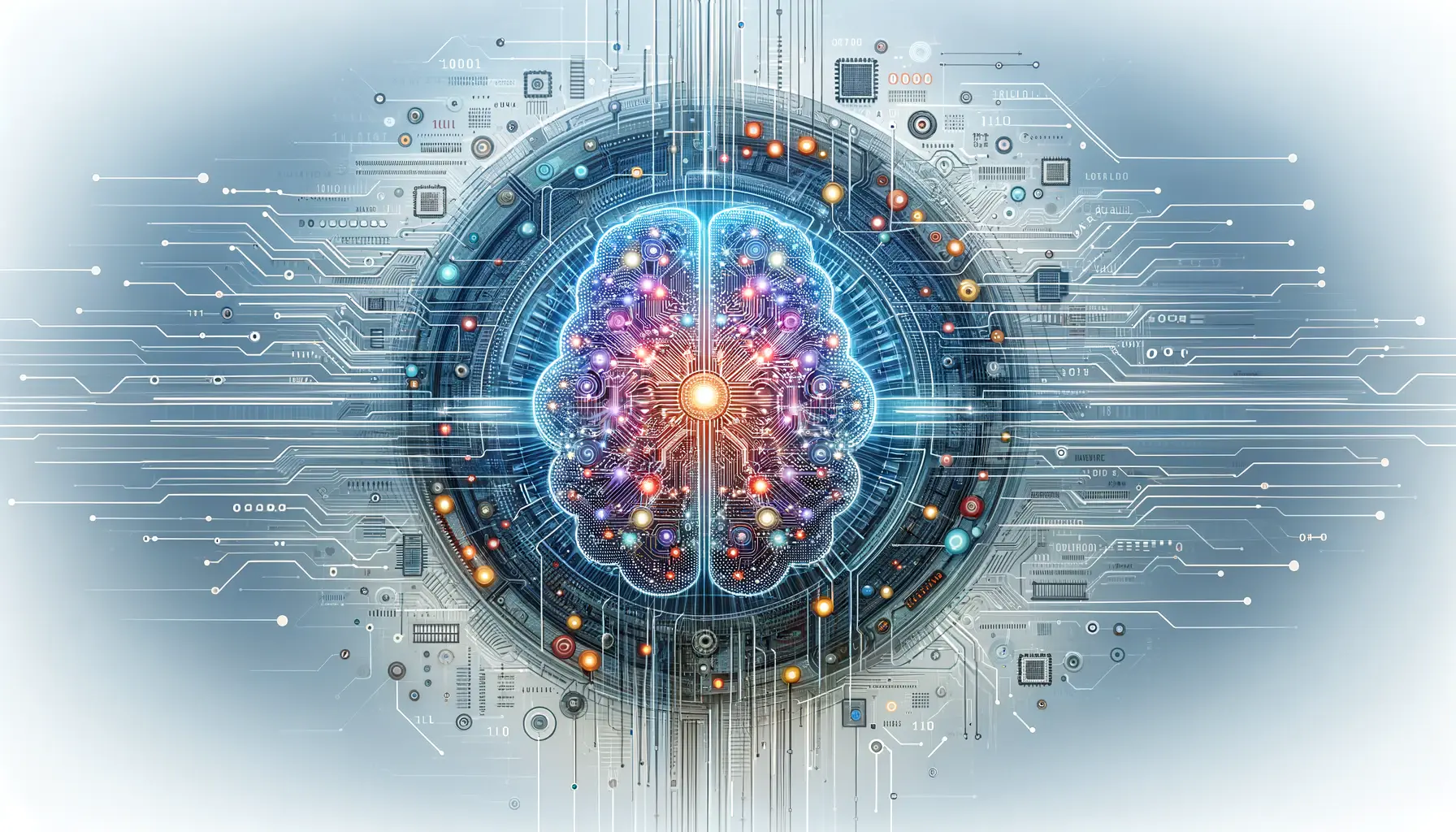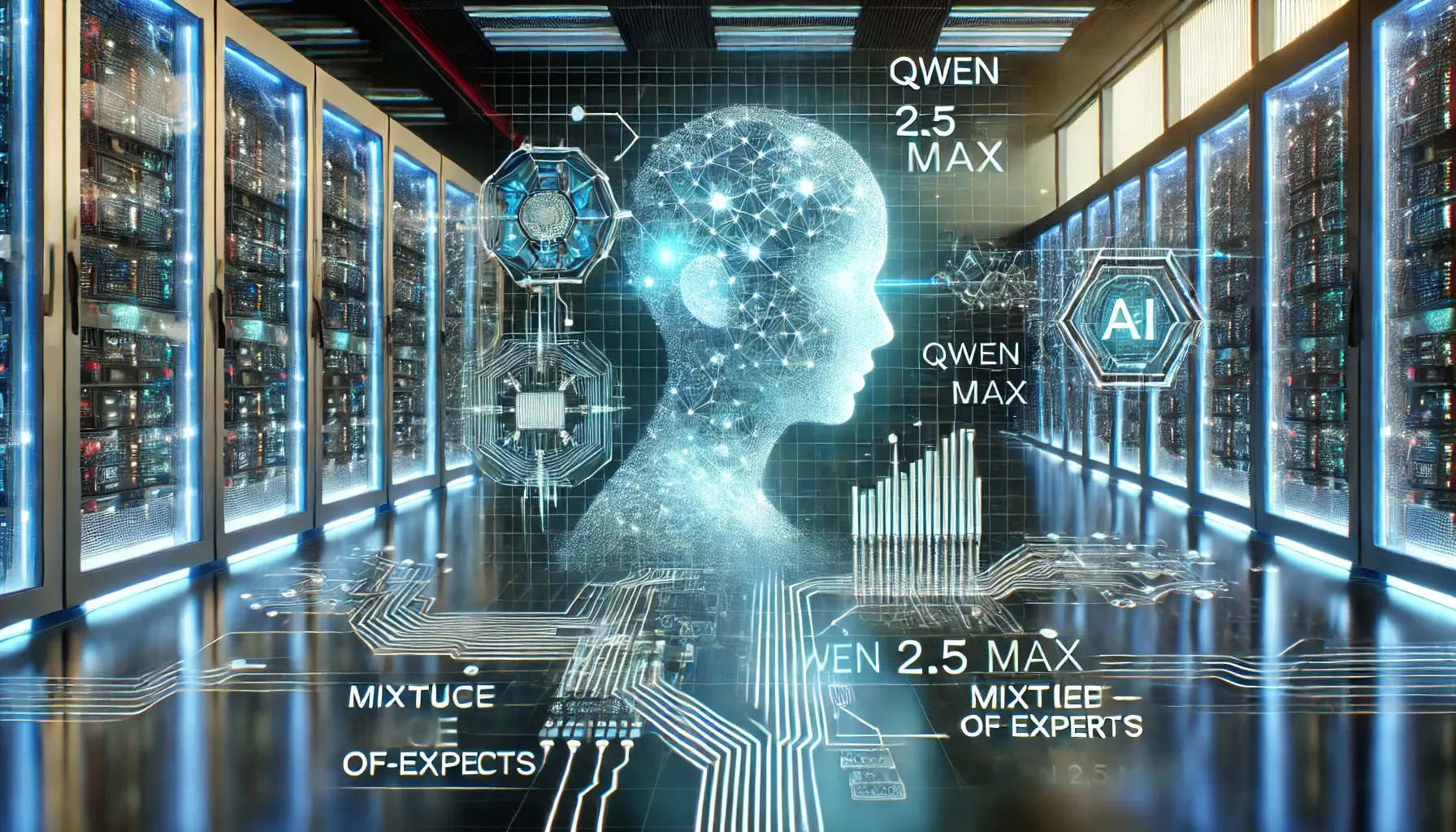The evolution of artificial intelligence through OpenAI’s generative models has been nothing short of revolutionary, with each iteration pushing the boundaries of what’s possible in natural language processing and understanding.
The leap from GPT-3 to ChatGPT 4 marks a significant milestone in this journey, offering advancements that redefine the capabilities of AI in various applications.
This article delves into the core differences between these two powerful models, highlighting the technological strides and their implications for users and developers alike.
Understanding the nuances that set ChatGPT 4 apart from its predecessor is crucial for anyone looking to leverage AI for writing, coding, data analysis, and more.
The distinctions not only lie in the technical specifications but also in the models’ ability to understand context, generate more coherent and contextually relevant responses, and their application in a wider range of tasks.
As we explore these differences, we uncover the essence of ChatGPT 4’s superiority and its potential to revolutionize industries, redefine user interactions, and enhance creative processes.
- Introduction to Generative Pre-trained Transformers
- Technical Specifications and Capabilities
- Applications and Use Cases
- Challenges and Limitations
- Future Directions and Innovations
- Integrating ChatGPT 4 into Existing Systems
- Maximizing the Impact of ChatGPT 4
- Embracing the Future with ChatGPT 4
- ChatGPT 4 vs. GPT-3: Frequently Asked Questions
Introduction to Generative Pre-trained Transformers
What Are GPT Models?
Generative Pre-trained Transformers (GPT) are a series of AI models developed by OpenAI, designed to understand and generate human-like text based on the input they receive.
These models are trained on vast amounts of text data, allowing them to predict the next word in a sentence with surprising accuracy.
The technology behind GPT models relies on the transformer architecture, which enables them to handle long-range dependencies in text, making sense of complex sentence structures and nuances in language.
The progression from GPT-3 to ChatGPT 4 represents a leap in AI’s ability to process and generate language.
GPT-3, with its 175 billion parameters, was already a powerhouse, capable of producing text that could often pass for human-written.
However, ChatGPT 4, with significantly more parameters and advanced training techniques, has set new benchmarks for accuracy, context understanding, and the generation of nuanced text across various languages and domains.
Evolution of GPT Models
The evolution of GPT models from their inception to the latest version, ChatGPT 4, showcases OpenAI’s commitment to improving AI’s understanding and generation of human language.
Each version has brought about improvements in language comprehension, text generation, and the ability to perform a wider range of tasks.
These advancements are not just technical; they represent a deeper understanding of human language and thought processes, enabling AI to become more integrated into human-centric tasks and industries.
As we delve deeper into the capabilities and differences between GPT-3 and ChatGPT 4, it’s essential to recognize the impact of these models on technology and society.
The advancements in AI language models have opened up new possibilities for automation, creativity, and interaction, setting the stage for future innovations that could further blur the lines between human and machine-generated content.
The transition from GPT-3 to ChatGPT 4 marks a significant advancement in AI’s ability to understand and generate human-like text, paving the way for more sophisticated applications and interactions.
Technical Specifications and Capabilities
The leap from GPT-3 to ChatGPT 4 is not just a step but a giant leap in the realm of artificial intelligence.
This transition is marked by significant enhancements in technical specifications and capabilities, which directly translate to improved performance, understanding, and versatility in applications.
Let’s delve into the core technical differences and what they mean for users and developers.
Increased Model Size and Parameters
One of the most notable differences between GPT-3 and ChatGPT 4 is the size of the model, measured in the number of parameters.
Parameters in AI are akin to the neural connections in the human brain, with more parameters allowing for more complex thought processes and understanding.
ChatGPT 4, with its trillion-parameter model, dwarfs GPT-3’s 175 billion parameters, leading to a significant uptick in the model’s ability to process and generate more nuanced and contextually relevant text.
This increase in parameters enhances the model’s understanding of nuances in language, enabling it to generate responses that are not only relevant but also remarkably coherent over longer stretches of text.
This capability is crucial for applications requiring detailed, in-depth responses, such as content creation, coding, and even nuanced conversation simulations.
Improved Contextual Understanding
Another leap forward with ChatGPT 4 is its enhanced ability to understand context.
This improvement is not just about processing more data but also about better interpreting the nuances and subtleties of language.
This means ChatGPT 4 can maintain context over longer conversations or documents, making it more effective for applications like detailed article writing, comprehensive customer service interactions, and complex problem-solving tasks.
- Context Retention: ChatGPT 4 can remember and reference information shared earlier in a conversation or document, leading to more coherent and logical interactions.
- Nuanced Understanding: The model’s ability to grasp subtleties in language and intent has been significantly improved, allowing for more accurate responses to queries.
Enhanced Multimodal Capabilities
While GPT-3 was primarily focused on text, ChatGPT 4 introduces enhanced multimodal capabilities, meaning it can understand and generate outputs based on both text and other forms of data, such as images.
This multimodal approach opens up new avenues for AI applications, including more sophisticated AI tutors, creative assistants that can generate content based on visual cues, and advanced analysis tools that can interpret data from diverse sources.
- Text and Image Processing: ChatGPT 4’s ability to process and generate responses based on images, in addition to text, allows for a broader range of applications, from educational tools to creative design aids.
- Enhanced Creativity: With multimodal capabilities, ChatGPT 4 can offer suggestions and generate content that blends textual and visual elements, enhancing creative processes across various fields.
The technical advancements in ChatGPT 4 over GPT-3, including increased parameters, improved contextual understanding, and multimodal capabilities, significantly enhance its application potential across a wide range of fields.
Applications and Use Cases
The advancements in ChatGPT 4 over GPT-3 have broadened the spectrum of applications and use cases for this technology.
From enhancing creative writing to powering sophisticated AI-driven analytics, the capabilities of ChatGPT 4 are being leveraged across various domains to perform tasks more efficiently and creatively than ever before.
Below, we explore some of the key applications and use cases that have been transformed by these advancements.
Content Creation and Writing Assistance
- ChatGPT 4’s improved understanding of context and language nuances has made it an invaluable tool for writers, bloggers, and content creators, providing assistance in generating ideas, drafting content, and refining text to match a desired tone or style.
- The model’s ability to maintain coherence over longer texts makes it ideal for drafting articles, stories, and even books, significantly reducing the time and effort involved in the content creation process.
Programming and Code Generation
- With its enhanced understanding of context and ability to process complex instructions, ChatGPT 4 has become a powerful ally for programmers and developers, assisting in code generation, debugging, and even explaining complex programming concepts.
- The model can understand programming languages and generate code snippets based on user requirements, streamlining the development process and making coding more accessible to novices.
Education and Learning
- ChatGPT 4’s capabilities extend into education, where it can personalize learning experiences, provide tutoring in various subjects, and generate educational content tailored to the learner’s needs and proficiency level.
- Its ability to process and generate explanations in simple language makes complex subjects more accessible, enhancing the learning experience for students of all ages.
Customer Service and Support
- The model’s improved ability to understand and retain context makes it ideal for powering customer service chatbots and support systems, providing accurate, context-aware responses to customer inquiries.
- ChatGPT 4 can handle a broader range of queries with greater understanding, improving customer satisfaction and efficiency in handling support tickets.
Language Translation and Localization
- With its vast training data and improved language capabilities, ChatGPT 4 is better equipped to handle translation tasks, offering more accurate and contextually appropriate translations across a wide range of languages.
- This makes it an invaluable tool for businesses and content creators looking to localize their content for global audiences, ensuring that translations maintain the original’s tone, style, and intent.
The versatility of ChatGPT 4, driven by its technical advancements, has opened up new possibilities across various fields, demonstrating the model’s potential to revolutionize how we work, learn, and create.
Challenges and Limitations
Despite the significant advancements and capabilities of ChatGPT 4, it’s important to acknowledge the challenges and limitations that accompany this technology.
Understanding these aspects is crucial for developers, users, and researchers aiming to maximize the benefits of ChatGPT 4 while mitigating potential drawbacks.
Understanding Context and Nuance
While ChatGPT 4 has made strides in understanding context and nuance, there are still instances where the model may misinterpret complex instructions or fail to grasp the subtleties of human language.
This limitation can lead to inaccuracies in generated content or responses, especially in scenarios involving intricate details or highly specialized knowledge.
Efforts to improve the model’s understanding of context and nuance are ongoing, with each update aiming to reduce these instances of misunderstanding.
However, users should remain vigilant and review generated content for accuracy and relevance.
Data Bias and Ethical Considerations
As with any AI model trained on vast datasets, ChatGPT 4 is not immune to the biases present in its training data.
These biases can manifest in generated content, potentially leading to ethical concerns or reinforcing stereotypes.
Addressing data bias is a complex challenge that requires continuous effort and innovative approaches to data selection and model training.
OpenAI and the broader AI research community are actively working on strategies to mitigate bias and ensure that AI technologies promote fairness and inclusivity.
Despite these efforts, users should be aware of the potential for bias and consider it when deploying ChatGPT 4 in sensitive or impactful applications.
Computational Resources and Accessibility
The sheer size and complexity of ChatGPT 4 necessitate significant computational resources for training and operation, which can limit accessibility for individuals or organizations with limited technical infrastructure.
The high computational cost also raises concerns about the environmental impact of operating large-scale AI models.
Efforts to optimize the efficiency of AI models and develop more sustainable computing practices are crucial to making advanced AI technologies like ChatGPT 4 more accessible and environmentally friendly.
Dependency and Overreliance
As AI models become more capable and integrated into various aspects of work and life, there’s a growing risk of overreliance on these technologies.
Dependency on AI for tasks that require critical thinking, creativity, or emotional intelligence could hinder human skill development and creativity.
It’s essential to strike a balance between leveraging AI to enhance productivity and maintaining the development of human skills and creativity.
Encouraging collaboration between humans and AI can maximize the benefits of technology while preserving human ingenuity.
While ChatGPT 4 represents a significant advancement in AI, it is not without its challenges and limitations, including issues with context understanding, data bias, computational demands, and the risk of overreliance.
Future Directions and Innovations
The continuous evolution of AI and models like ChatGPT 4 opens up exciting prospects for future directions and innovations.
As we stand on the cusp of these advancements, it’s essential to consider the potential trajectories that AI development might take and how they could further transform our interaction with technology.
Enhanced Multimodal Interactions
The future of AI lies not just in improving text-based interactions but in enhancing multimodal capabilities.
ChatGPT 4 has already made strides in this direction, but future versions could offer even more sophisticated integration of text, images, audio, and video.
This would enable AI to understand and generate content across multiple formats, offering richer, more immersive experiences.
- Integration with virtual and augmented reality could revolutionize education, entertainment, and professional training.
- Improved understanding of non-textual data could enhance AI’s role in creative industries, making it a collaborator in art, music, and design.
Greater Personalization and Adaptability
Future AI models are expected to offer greater levels of personalization and adaptability, tailoring interactions and responses to individual users’ needs, preferences, and learning styles.
This could significantly impact education, where personalized learning paths could be created, and healthcare, with AI providing customized health advice and support.
- Adaptive learning systems could identify and address individual learning gaps, offering a more effective educational experience.
- In healthcare, AI could monitor patient data in real-time, offering personalized health insights and early warnings for potential health issues.
Advancements in AI Ethics and Bias Mitigation
As AI becomes more integrated into society, addressing ethical considerations and bias will become increasingly important.
Future developments in AI will likely include more robust frameworks and methodologies for identifying and mitigating bias, ensuring AI technologies are fair and equitable.
- Development of more transparent AI systems, allowing users to understand how decisions are made.
- Enhanced diversity in training data and development teams to reduce bias and improve the representativeness of AI models.
Energy Efficiency and Sustainability
The environmental impact of training and running large AI models is a growing concern.
Future innovations could focus on making AI more energy-efficient, reducing the carbon footprint associated with AI research and applications.
- Advancements in hardware and software optimization to reduce energy consumption.
- Development of new, more efficient algorithms that require less computational power.
The future of AI, including models like ChatGPT 4, promises enhanced multimodal interactions, greater personalization, advancements in ethics and bias mitigation, and a focus on sustainability.
Integrating ChatGPT 4 into Existing Systems
The integration of ChatGPT 4 into existing systems and workflows represents a transformative opportunity for businesses, developers, and content creators.
This process, while offering immense benefits, requires careful planning and execution to ensure compatibility, efficiency, and effectiveness.
Below, we explore key considerations and strategies for successfully integrating ChatGPT 4 into various operational frameworks.
Assessment of Compatibility and Requirements
Before integrating ChatGPT 4, it’s crucial to assess the compatibility of existing systems with the AI model.
This includes evaluating hardware and software requirements, data processing capabilities, and the potential need for system upgrades or modifications.
Understanding these requirements upfront can help in planning a smooth integration process.
- Identify the technical specifications required for ChatGPT 4, including computing power and storage.
- Assess the compatibility of current systems with these requirements and plan for any necessary upgrades.
Customization and Training
While ChatGPT 4 is a powerful model out of the box, customizing and fine-tuning it for specific applications can significantly enhance its performance and relevance.
This might involve training the model on domain-specific data or adjusting its parameters to better align with the desired outputs.
- Collect and prepare domain-specific datasets for training or fine-tuning ChatGPT 4.
- Implement customization processes to align the AI’s outputs with organizational needs and goals.
Integration Strategies and Best Practices
Successfully integrating ChatGPT 4 into existing systems requires a strategic approach, focusing on both technical and organizational aspects.
This includes ensuring system interoperability, data security, and user privacy, as well as preparing the workforce for the adoption of AI-powered processes.
- Develop a phased integration plan that includes pilot testing, feedback collection, and gradual rollout.
- Ensure robust data security measures are in place to protect sensitive information processed by ChatGPT 4.
- Train employees on the capabilities and limitations of ChatGPT 4, fostering a culture of collaboration between human and AI resources.
Maintaining and Updating AI Systems
Post-integration, maintaining and updating the AI system is crucial to ensure its continued effectiveness and relevance.
Regular updates, monitoring for biases, and adjustments based on user feedback are essential components of a sustainable AI strategy.
- Schedule regular updates and maintenance checks to keep the AI system aligned with the latest advancements and security protocols.
- Monitor the system for biases and inaccuracies, implementing corrective measures as needed.
- Collect and analyze user feedback to continually refine and improve the AI integration.
Integrating ChatGPT 4 into existing systems involves careful planning, customization, and ongoing maintenance to fully leverage its capabilities and ensure it adds value to organizational processes and offerings.
Maximizing the Impact of ChatGPT 4
To truly harness the power of ChatGPT 4, organizations and individuals must look beyond mere integration and focus on strategies to maximize its impact.
This involves understanding the model’s capabilities, creatively applying it to solve complex problems, and continuously learning from its outputs to refine and enhance its application.
Here, we explore several strategies to fully leverage ChatGPT 4’s potential.
Strategic Implementation in Key Areas
Identifying areas within operations or product offerings where ChatGPT 4 can have the most significant impact is crucial.
This could be in enhancing customer service, automating content creation, or providing personalized learning experiences.
By strategically implementing ChatGPT 4 in these key areas, organizations can achieve substantial improvements in efficiency, customer satisfaction, and innovation.
- Assess operational processes to identify inefficiencies or areas that could benefit from AI automation.
- Explore new product or service offerings that can be enabled or enhanced by ChatGPT 4’s capabilities.
Leveraging Advanced Features for Innovation
ChatGPT 4’s advanced features, such as its improved contextual understanding and multimodal capabilities, open up new avenues for innovation.
Organizations can leverage these features to develop new solutions that were previously unattainable, pushing the boundaries of what’s possible with AI.
- Develop innovative applications that utilize ChatGPT 4’s ability to process and generate content based on text and images.
- Explore new forms of interactive content or services that leverage the AI’s advanced understanding of language and context.
Continuous Learning and Adaptation
The field of AI is rapidly evolving, and so are the capabilities of models like ChatGPT 4.
Staying informed about the latest developments and continuously adapting strategies to leverage these advancements is key to maintaining a competitive edge.
This includes regularly updating the AI model, incorporating user feedback, and experimenting with new applications.
- Establish a process for keeping abreast of the latest AI research and ChatGPT model updates.
- Incorporate user feedback and insights from AI interactions to refine and improve applications.
- Encourage a culture of experimentation and innovation to explore new uses for ChatGPT 4.
Collaboration Between AI and Human Intelligence
The most effective use of ChatGPT 4 comes from a synergistic collaboration between AI and human intelligence.
By combining the model’s computational power with human creativity and emotional intelligence, organizations can create solutions that are not only efficient but also empathetic and innovative.
- Design workflows that integrate AI-generated content with human oversight and creativity.
- Use ChatGPT 4 as a tool for brainstorming and ideation, enhancing the creative process with AI insights.
- Train teams on effective collaboration with AI, emphasizing the strengths and limitations of ChatGPT 4.
Maximizing the impact of ChatGPT 4 involves strategic implementation, leveraging advanced features for innovation, continuous learning and adaptation, and fostering collaboration between AI and human intelligence.
Embracing the Future with ChatGPT 4
The journey from GPT-3 to ChatGPT 4 has been marked by significant advancements, showcasing the rapid evolution of artificial intelligence and its increasing integration into our daily lives.
This article has explored the myriad ways in which ChatGPT 4 stands out from its predecessor, offering enhanced capabilities, broader applications, and a glimpse into the future of AI-driven innovation.
As we reflect on the differences and the impact of these models, it’s clear that ChatGPT 4 is not just an upgrade but a transformative leap forward.
The Path Forward
Understanding the nuances between GPT-3 and ChatGPT 4 is crucial for leveraging the full potential of these models.
ChatGPT 4, with its advanced understanding of context, nuanced language processing, and multimodal capabilities, offers unprecedented opportunities for innovation across various sectors.
From content creation and customer service to programming and personalized education, the applications of ChatGPT 4 are as diverse as they are impactful.
Challenges and Considerations
However, the journey ahead is not without its challenges.
Issues such as data bias, ethical considerations, computational demands, and the risk of overreliance on AI underscore the importance of a balanced and thoughtful approach to integrating ChatGPT 4 into our systems and workflows.
Addressing these challenges head-on, with a commitment to continuous improvement and ethical AI use, is essential for maximizing the benefits of ChatGPT 4 while minimizing potential drawbacks.
Maximizing Impact Through Strategic Implementation
To truly harness the capabilities of ChatGPT 4, strategic implementation and continuous adaptation are key.
By identifying areas where ChatGPT 4 can add the most value, leveraging its advanced features for innovation, and fostering a collaborative environment between AI and human intelligence, organizations can unlock new levels of efficiency, creativity, and growth.
The future of AI, represented by ChatGPT 4, is not just about technological advancement but about how we integrate these tools into our lives to enhance human potential.
- The integration of ChatGPT 4 into existing systems requires careful planning, customization, and ongoing maintenance to fully leverage its capabilities.
- Strategic implementation in key areas can significantly enhance efficiency, customer satisfaction, and innovation.
- Addressing challenges such as data bias and ethical considerations is crucial for a responsible and impactful use of ChatGPT 4.
In conclusion, ChatGPT 4 represents a monumental step forward in the field of artificial intelligence, offering tools and capabilities that were once the realm of science fiction.
As we move forward, the focus should not only be on what ChatGPT 4 can do but on how we can use it responsibly and creatively to solve real-world problems.
The journey from GPT-3 to ChatGPT 4 is not just a story of technological evolution but a roadmap for the future of AI in enhancing human creativity, productivity, and understanding.
ChatGPT 4 vs. GPT-3: Frequently Asked Questions
Explore the most common inquiries surrounding the differences between ChatGPT 4 and GPT-3, shedding light on their capabilities, applications, and impact.
ChatGPT 4 is ten times more advanced, with a larger model size, improved contextual understanding, and enhanced multimodal capabilities.
Yes, ChatGPT 4 is designed to handle nuanced instructions with greater precision, making it more reliable and collaborative.
ChatGPT 4 has ten times more parameters than GPT-3.5, allowing it to understand and generate more complex text and code.
ChatGPT 4’s enhanced capabilities make it more suited for a broader range of applications, including more complex content creation and problem-solving tasks.
Yes, ChatGPT 4’s improved contextual understanding allows it to maintain coherence over longer conversations and documents.
ChatGPT 4 offers more creative and accurate content generation, thanks to its vast training data and advanced language processing capabilities.
ChatGPT 4 can process and generate responses based on both text and images, unlike GPT-3, which is primarily text-based.
While both models require significant computational resources, ongoing efforts aim to make ChatGPT 4 more energy-efficient and sustainable.
